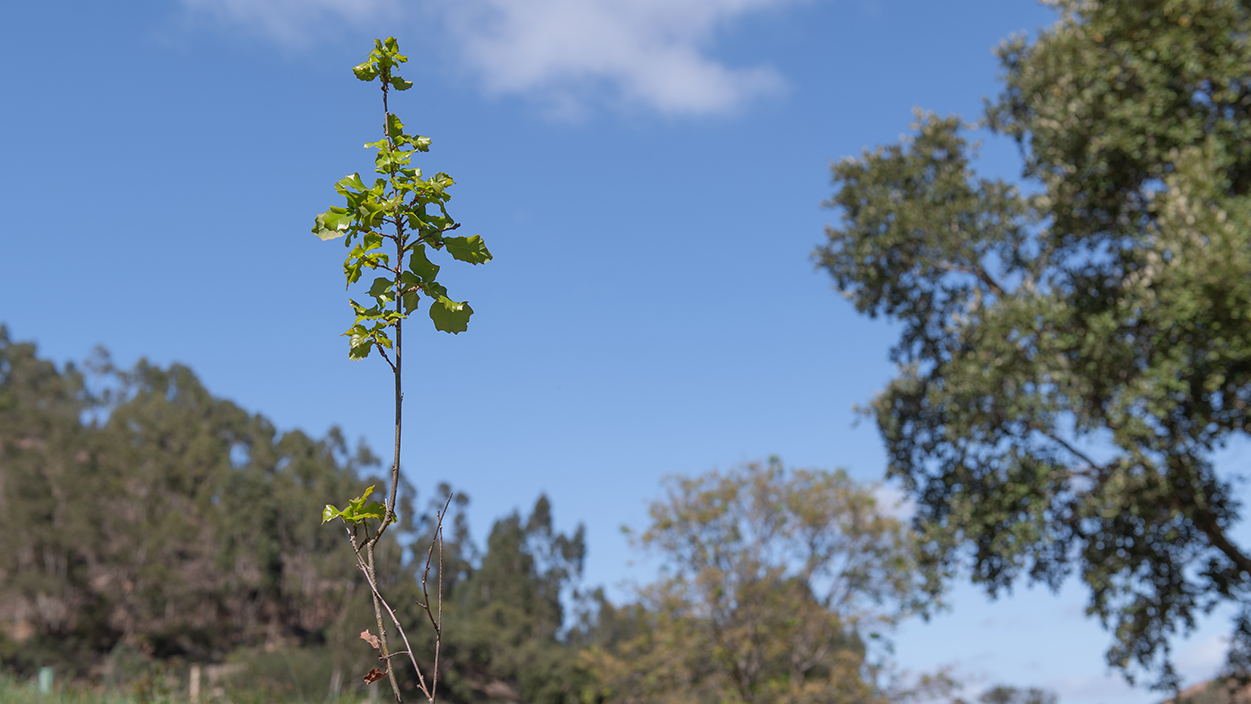For several decades it said that there are eight native Quercus in the Portuguese flora, but a new botanical list raises the number of these species of Portuguese oak trees to 11, the result of a long and complex research work led by Carlos Vila-Viçosa.
Quercus orocantabrica, Quercus estremadurensis, Quercus pseudococcifera and Quercus airensis are four names to retain from the “New annotated list of Portuguese oaks”. This fact was already acknowledged by the international botanical community and was published in a scientific journal published by the magazine “Mediterranean Botany”.
This review, which reinforces the importance of our country as a diversity hotspot for the Quercus species, is the result of work carried out by a team of Portuguese biologists, led by researcher Carlos Vila-Viçosa – working at CIBIO-InBio, at the Museum of Natural History and Science of the University of Porto and at Biopolis.
After several years of fieldwork, review of the scientific literature, analysis of botanical collections preserved in herbaria (in Portuguese and international museums) and, in particular cases, molecular studies (DNA), it was possible to identify unique characteristics of several species and seven hybrids among the already known species of the Quercus species.
“In the Quercus species it is very difficult to trace the boundary between species. These trees are very easy to hybridize and to exchange genetic information”, says the researcher, explaining that the crossing between similar species, which results in fertile descendants that cross again, makes it particularly difficult to tell the difference between species and hybrids, and to describe them from an ecological and biogeographic point of view (natural distribution areas, characteristics of these areas, from climate to soil, etc.).
This decoding made it possible to clarify uncertainties regarding taxonomy and nomenclature that, in some cases, persisted for more than a century. This is how the “new” species of Portuguese oaks were individualized:
– Two of them – Quercus orocantabrica and Quercus estremadurensis – fall under the general concept of pedunculated oaks (in which acorns are supported by visible peduncles) and Quercus orocantabrica replaces the common oak (Quercus robur). “We saw a large genetic divergence of the oaks from their European counterpart Quercus robur,” says the researcher. And the differences are so striking that it is possible to differentiate between the two species.
– The other two – Quercus pseudococcifera and Quercus airensis – are part of the group of kermes oaks and sheds a “new light” on Mediterranean arboreal kermes oaks, which have long been the subject of controversy in terms of taxonomy and nomenclature, in part given the similarities between several kermes oaks spotted West and East of the Mediterranean, and the several attempts to characterize, identify and name them.





